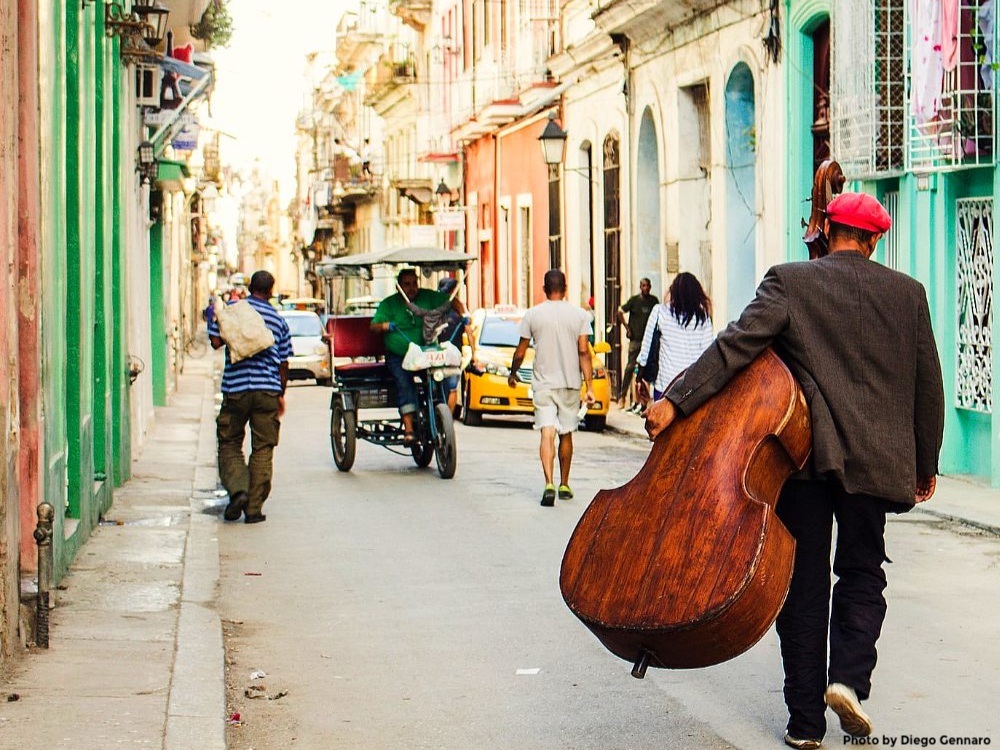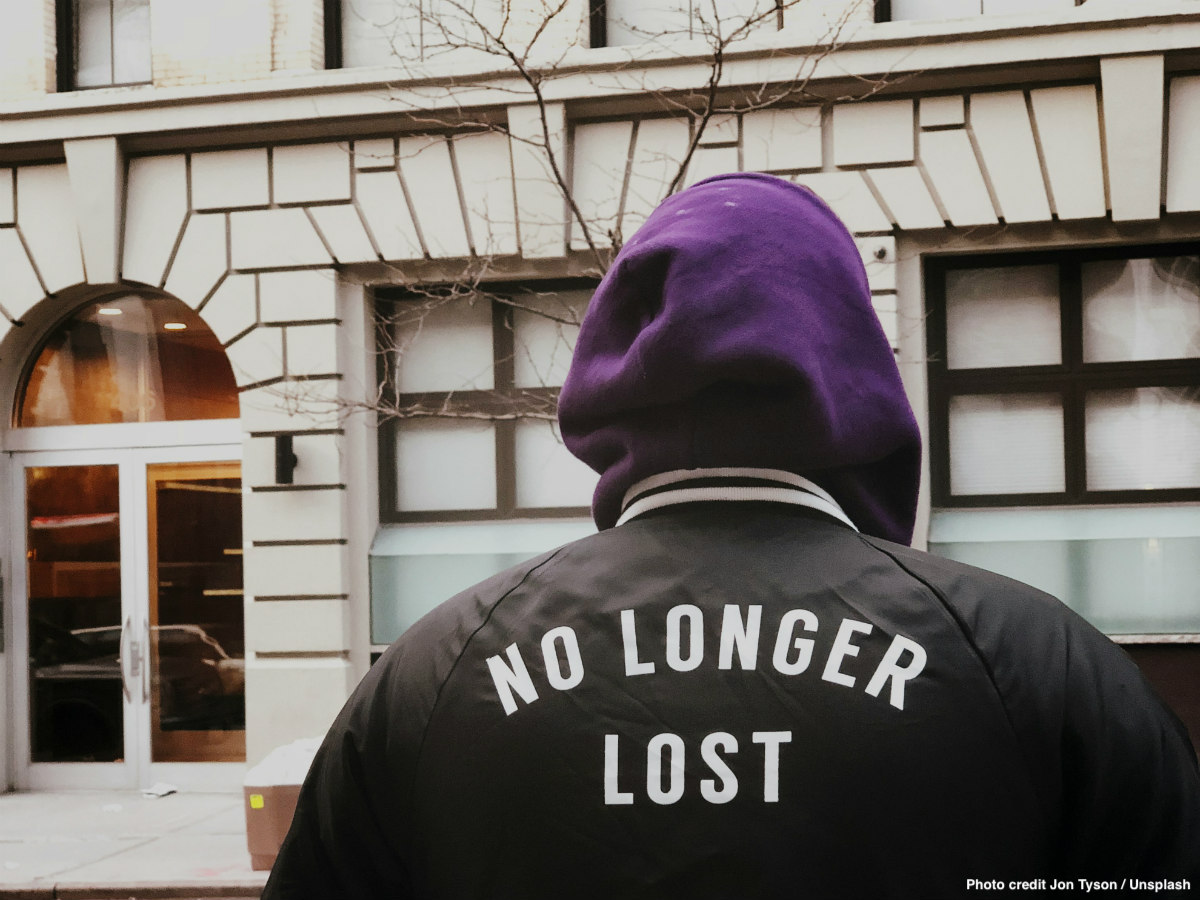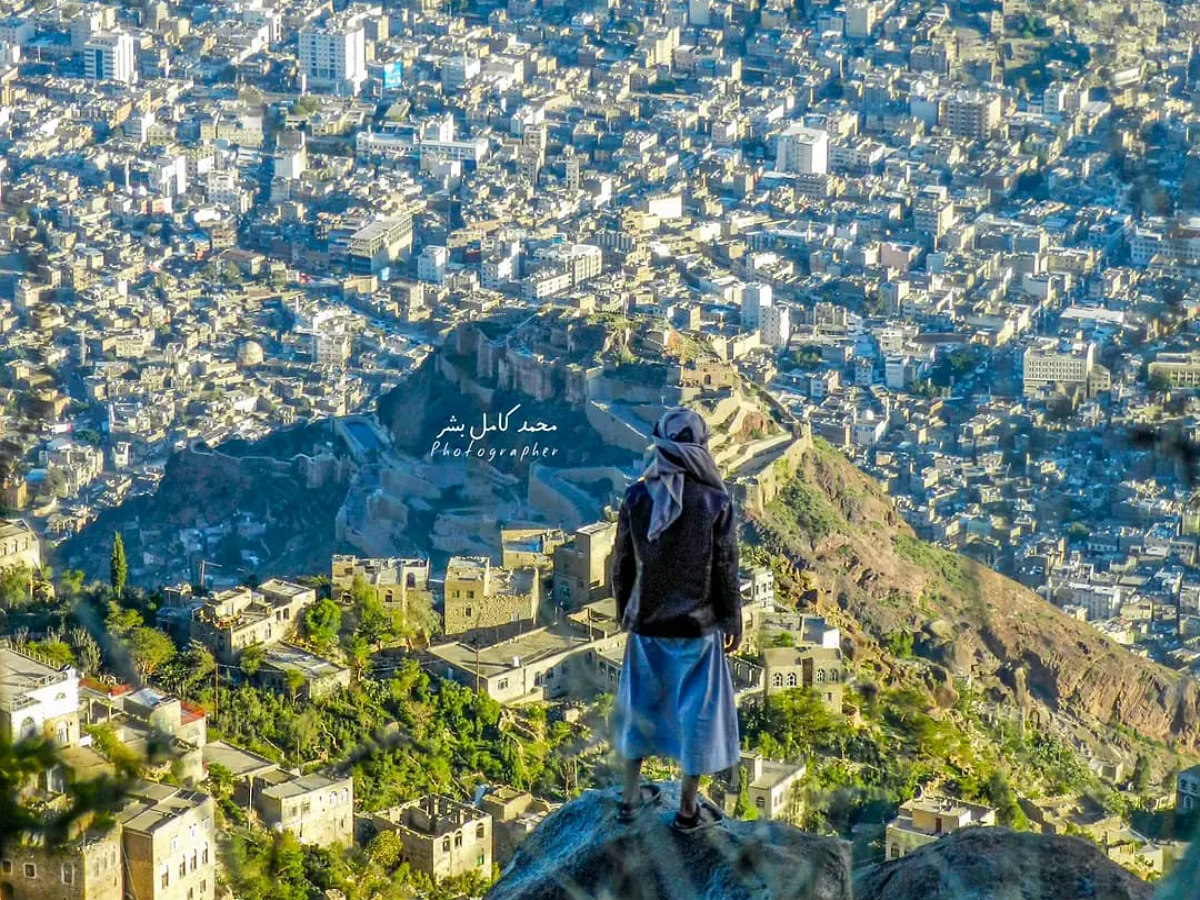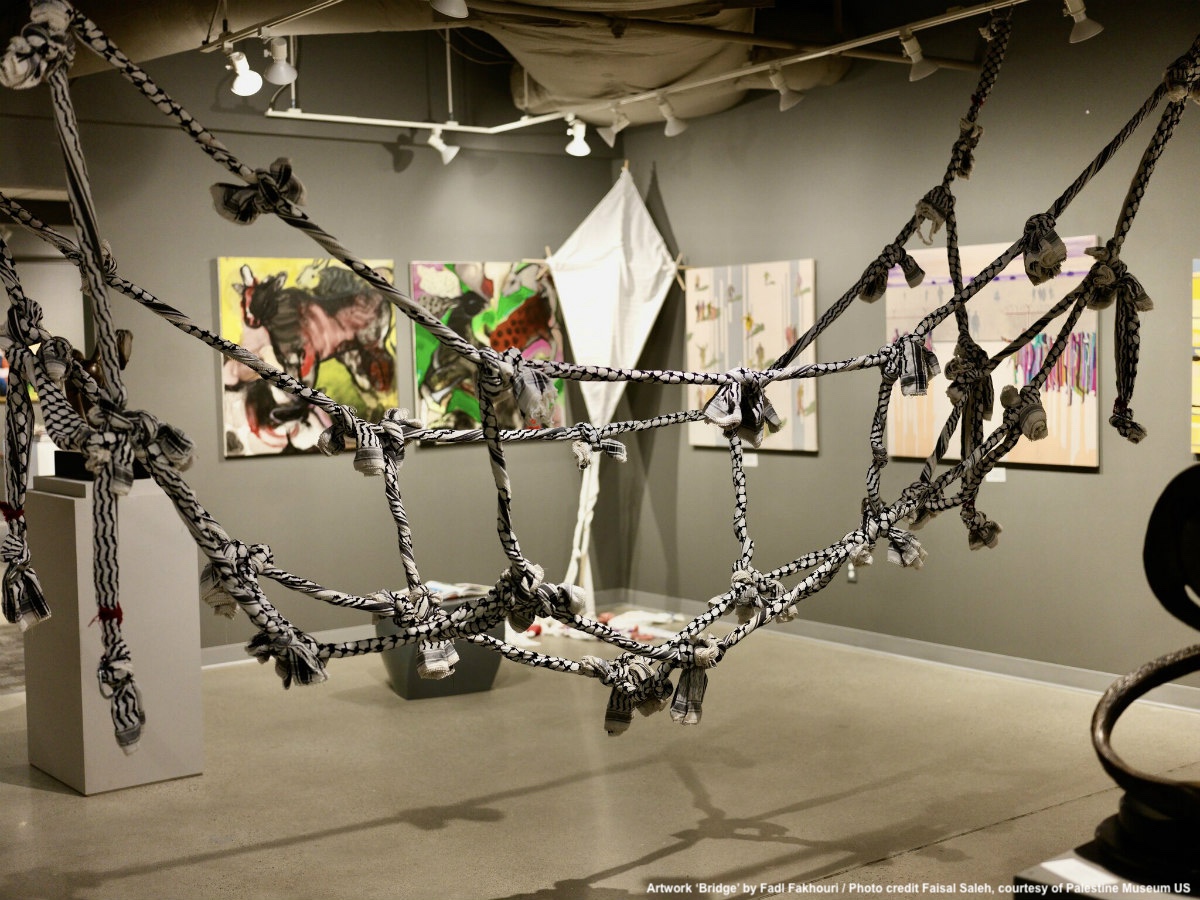Now that Cuba has announced it is opening up its doors to the private sector, I wonder if we could take away a lesson of resilience from those who convert the city of Havana as a stage to raise collective consciousness and resist. I am talking about the jazz dancers of Santa Amalia, who have gathered for decades to promote community dance in their neighbourhood and their jam sessions became their salvation.
From the original group of founders and friends, those who have survived until today are almost all in their eighties or nineties, yet they continue to dance to jazz with more swing, joy and feeling than ever. They loved jazz even before it was banned in Havana. Music and dance have held them together for more than half a century.
La Esquina del Jazz (or the Jazz Corner, in English) was actually a living room which turns into an intimate dance floor where cool Habaneros use their entire being to find the beat.
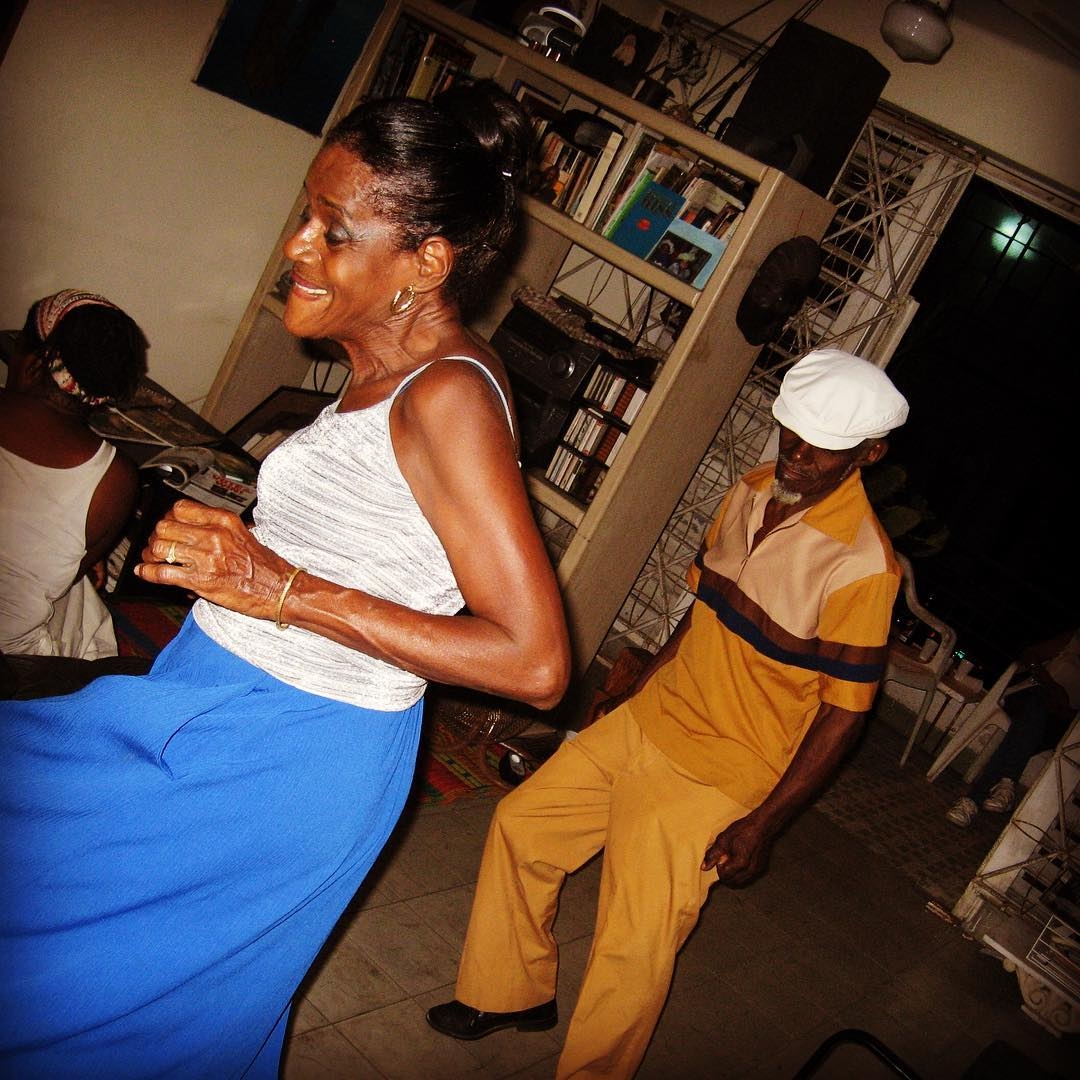
‘Nobody can explain the energy they showcase, the enthusiasm they display, or the perennial smile with which they seem to conjure up all the inconveniences. For them there is no distance too far, pains that paralyze them, or everyday obstacles that they cannot overcome. In the course of the more than sixty-five years that they have experienced as a community group, no political, social or personal event could intimidate them,’ explains Rosa Marquetti. She is Cuban and a passionate researcher on Cuban music. Marquetti has met several times with the Santa Amalia dancers and its founders.
The beginnings of the Santa Amalia jazz dancers
Cuban and foreign visitors came every month to this cultural space but it is wrong to think that it was a mere tourist attraction. The Santa Amalia jazz dancers constitute a singular phenomenon in Havana: the unifying element has been jazz, assumed through corporal and dance expression, as a collective experience of dancers and tasters of the best of North American music in the era of swing and the early years of bebop.
They began to meet in the late 1940s and early 1950s on the esplanade of Avenida de las Misiones in front of the old Presidential Palace. There, in one of the corners that lead to the Avenida, was – and still is, although with a new appearance – the Lucero bar, famous then among the young people for amplifying radio programs and play records. At that time, jazz was a relatively unknown music in Cuba. People came to dance to the likes of Duke Ellington, Bing Crosby, Frank Sinatra, Nat King Cole, Benny Goodman. All swing.
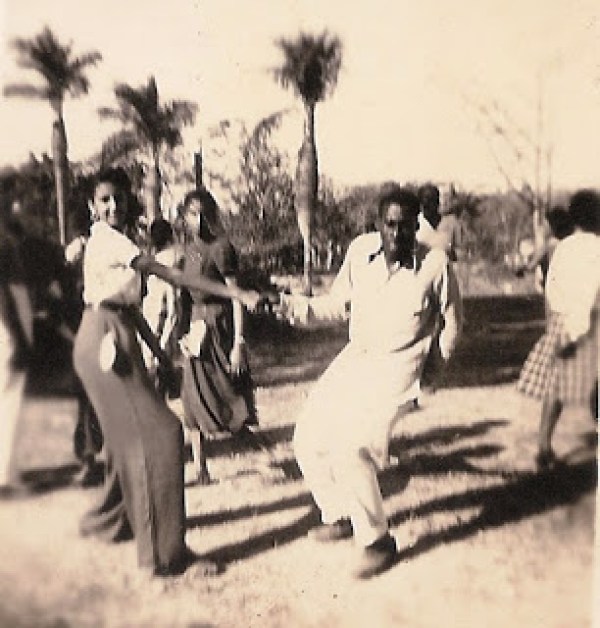
The presence of US Marines on the island during the first half of the last century made the vitrolas of many Cuban bars to run tirelessly. Presumably marines who could not pay in cash, would have done it with records. Havana became at some point a jazz hotspot that attracted international stars to its clubs and cabarets for legendary jam sessions.
‘Suddenly, with the liberating and justice atmosphere brought about by the 1959 revolutionary triumph, extremist paradoxes stigmatized this music and turned it into the sound of the enemy. Clubs, cabarets and even bars were closed, and the cultural spaces where people went to dance changed their meaning and stopped being what they used to be’, explains Marquetti.
Dancing resilience
At the beginning of the 70s, Gilberto Torres with a group of friends including Elsa Padrón and Juan Picasso asked for a place in the Santa Amalia neighbourhood, adjacent to Gilberto’s modest and small house. It was well located in front of the main park of the neighbourhood where they used to dance. Perhaps no place could have been more symbolic. A long list of relevant Cuban musicians lived in Santa Amalia such as Bebo Valdés and his son Chucho.
You will never know how many songs, mambos, chachachás that today are true classics of the Cuban repertoire, were born in the modest Amalian houses, claims Marquetti.
By opening the Jazz Corner, Gilberto Torres and his friends promoted community dance and made a great contribution to the neighbourhood of Santa Amalia. They brought jazz dance enthusiasts back together, waking up the city to jazz again.
At the Jazz Corner, dance was more than a communal activity. It served as a community catalyst to strengthen physical health, emotional, social, and mental resilience. Regular dancers had to overcome unpleasant obstacles and murky authoritarian perceptions, but the “Peña del Jazz” – as they also call it – held together until today. After the closure of the Jazz Corner in 2018 they have continued to meet at “Unión Nacional de Escritores y Artistas de Cuba”.
For the Santa Amalia dancers, it’s all about the music and the movement, which help them express themselves and continue living through dancing.
Internationally renowned musicians, such as American trumpeter Roy Hargrove and Dizzy Gillespie, honored the Jazz Corner with their presence.
Cities should promote community dance
The improvisation of cultural spaces in Havana has played an essential role in community development and people’s resilience because they were informal public spaces taking care of a more connected society.
Music and dance has always been present in the streets of Havana. Social clubs such as the popular Buena Vista Social Club inspired some of their members to create a musical group, almost 50 years after the club closed. Also the Cuban rumba emanates from the streets of poor urban neighbourhoods and it is an urban manifest of resistance and self-esteem, a symbol of the marginalized Cuban society. Last year Cuban rumba entered the List of the Intangible Cultural Heritage of UNESCO because the transmission of this element of Cuban cultural heritage is carried out within families and between neighbours.
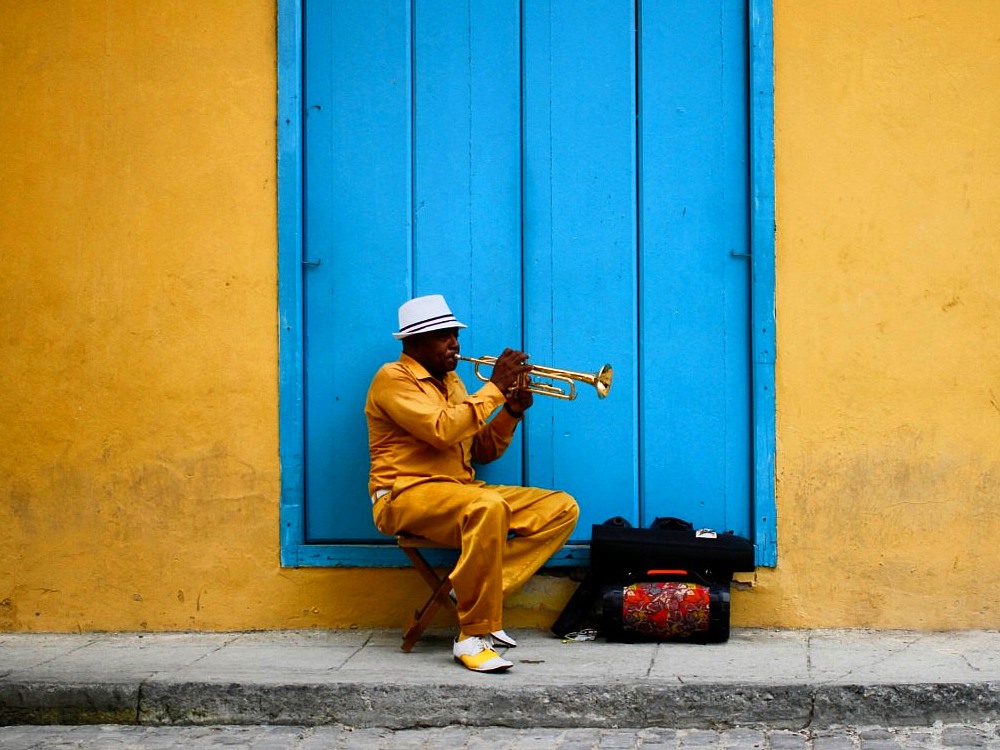
Dancing can be powerful. But unfortunately it is underestimated. Its invaluable qualities allow us to connect with people in a meaningful way. Some dancefloors in cities around the world are community institutions at heart. Like “Clärchens Ballhaus” in Berlin, a dance venue that has masterminded to keep the dancefloors busy through the last hundred years of German history and where there has always been a healthy mix of young and old, rich and poor on the dance floor.
Even some festival organizers consider dancefloors as a powerful democratic arena in itself – a space where citizens can share opinions and new ideas.
In 2016 UNESCO launched the project I CAN MOVE to promote community dance in different locations of the West Bank as a means of social development and peace-building.
Will the new generations of Santa Amalia dancers keep swinging in Havana?
‘Jazz has been an inalienable part of the lives of the Santa Amalia dancers.Those of us who have shared with them repeatedly, we are amazed by their philosophy of life, the one that allows them to enjoy every moment while dancing as if the moment was unique and unrepeatable. Life seems to be for them like every piece they dance, with a foreseeable beginning and end’, explains Marquetti.
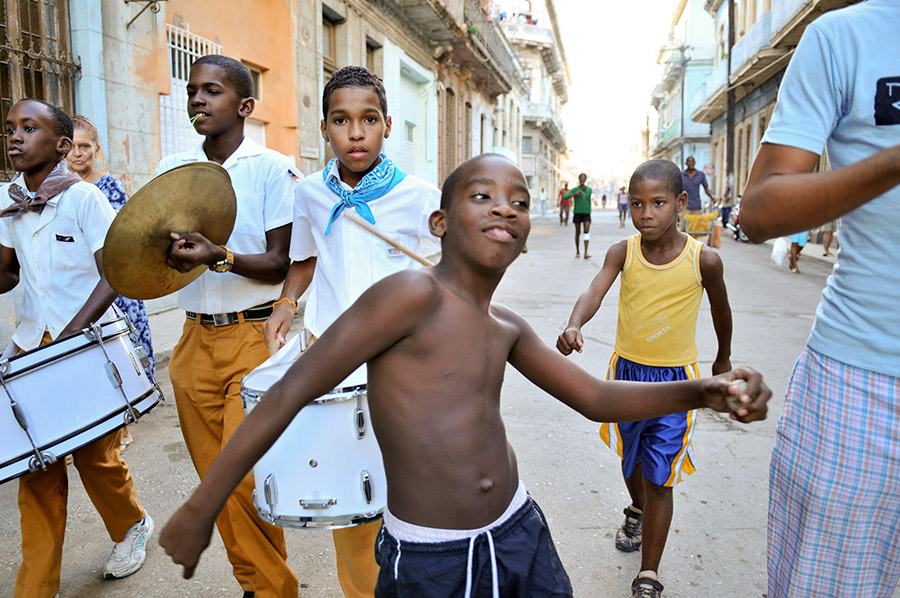
We live in critical times, amidst an intensification and acceleration of the challenges already facing contemporary big cities like loneliness and the disappearance of local, neighbourly relations due to a more inhibited society. Maybe dance should not be dedicated only to fitness studios or clubs now all shuttered, but more to encourage improvisation in relevant public spaces essential for the community.
This charismatic group of dancers were the magnet that attracted everyone for decades to that corner of the Santa Amalia neighbourhood, in Havana. Will the new generations of Santa Amalia dancers keep swinging? Cubans are thirsty for change. Who knows how much farther jazz dance will go in Havana and inspire other cities.
One thing is for sure. When the pandemic is over, there’ll be dancing in the streets.
A detailed history of the Santa Amalia jazz dancers and jazz music in Cuba can be found at Marquetti’s blog.
